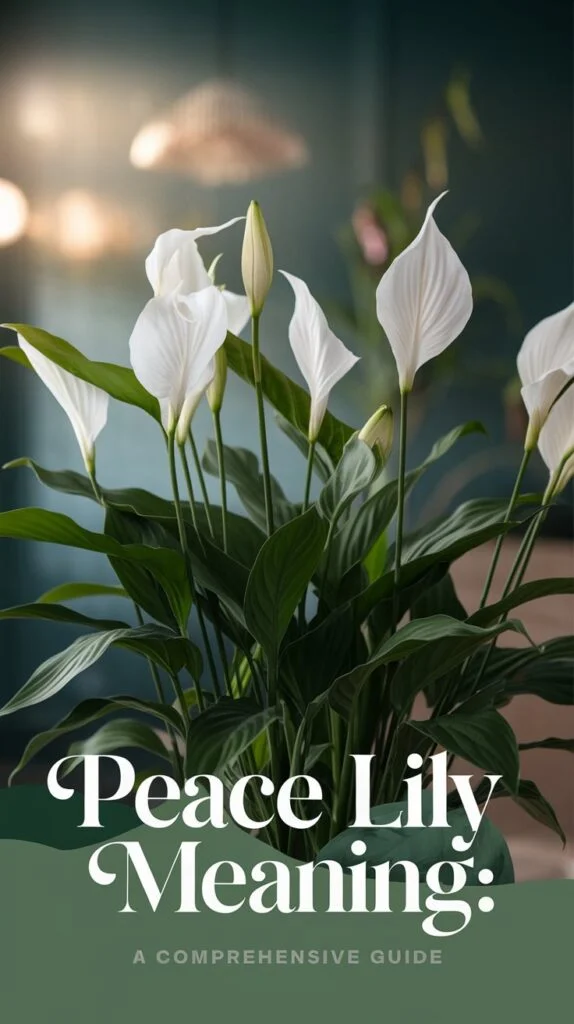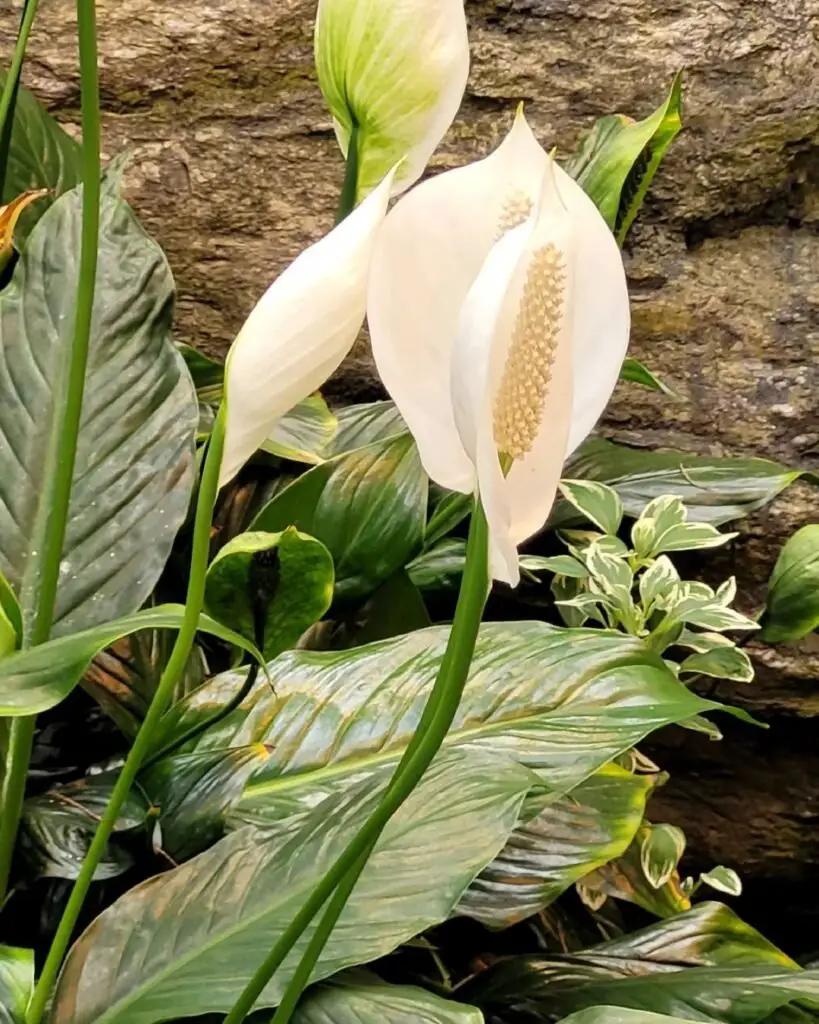Discover the deeper meaning of peace lilies—from spiritual symbolism to cultural interpretations. Learn how to care for them and why they’re more than just a pretty plant.

Hi, I’m Anna Scott, a gardener with over 10 years of experience and founder of USA Garden Hub. If you’ve ever wondered why peace lilies are more than just elegant houseplants, you’re in the right place. Today, I’ll share everything I’ve learned about their hidden meanings, cultural ties, and even a few personal stories that changed how I view these lush green beauties.
What Does a Peace Lily Symbolize?

The peace lily (Spathiphyllum) isn’t just a pretty face. Its name comes from the Greek words spathe (spoon) and phyllon (leaf), but its symbolism runs much deeper.
Universal Meanings:
- Peace & Purity: The white spathe (that sail-like “flower”) represents innocence and calm.
- Rebirth: Its resilience—reviving even after wilting—symbolizes renewal.
- Hope: Thriving in low light, it’s a metaphor for finding light in dark times.
I once gifted a peace lily to a friend recovering from illness. She told me watching it bloom gave her strength—proof that plants speak louder than words.
Spiritual Meaning of Peace Lilies
Many cultures and belief systems see peace lilies as spiritual messengers:
1. In Christianity
While not directly mentioned in the Bible, the white bloom aligns with themes of purity and resurrection. Some link it to the Virgin Mary’s grace.
2. In Hinduism
White flowers are used in rituals to honor deities like Saraswati, goddess of knowledge. A peace lily on your desk? It might just boost your focus!
3. In Islam
Though not religiously significant, their simplicity resonates with Islamic values of humility and inner peace.
4. Feng Shui
Place a peace lily in your home’s health or family area (east or southeast) to purify energy. Avoid bedrooms—their strong yang energy can disrupt sleep.
Peace Lilies and Life’s Big Moments: Love, Loss, and Legacy
Peace Lily Meaning in Love
Their heart-shaped leaves make them popular romantic gifts. I’ve seen clients use them in wedding centerpieces to symbolize “new beginnings.”
Peace Lily Meaning in Death
These plants are common funeral gifts. Their enduring nature offers comfort, like a living memorial. After my grandmother passed, her peace lily thrived for years—a quiet reminder of her resilience.
Color Symbolism
- White: Classic purity and peace.
- Green: Growth and harmony (common in newer hybrids).
- Variegated: Rare varieties symbolize uniqueness.
Debunking Myths: Are Peace Lilies Toxic?
Yes, they’re mildly toxic to pets (thanks to calcium oxalate crystals). But don’t panic! As I explain in my guide on pet-safe plants, you can still enjoy peace lilies by keeping them out of reach.
Pro Tip: The ASPCA lists them as toxic but manageable—unlike lilies from the Lilium genus, which are deadly to cats.
How to Care for Your Peace Lily (So It Thrives Symbolically and Literally)
Light & Water
- Light: Indirect sunlight (north-facing windows are perfect).
- Water: Let soil dry slightly between waterings. Drooping leaves? It’s thirsty!
Fertilizing
Use a balanced liquid fertilizer monthly during growing season. Overdoing it? You’ll get fewer blooms—a lesson I learned the hard way!
For more tips, check out my peace lily care guide.
Peace lilies Fun Facts & FAQs
Q: Are peace lilies actually lilies?
A: Nope! They’re part of the Araceae family, related to monstera and philodendrons.
Q: Can they improve air quality?
A: Yes! A NASA study found they remove toxins like benzene and formaldehyde.
Q: Why isn’t mine flowering?
A: Likely due to low light or over-fertilizing. Try moving it to a brighter spot.
Final Thoughts: Why This Plant Deserves a Spot in Your Home
Peace lilies are living poetry—quietly teaching us about resilience, hope, and connection. Whether you’re drawn to their spiritual meaning or just love their glossy leaves, they’re a timeless addition to any space.
Got Questions? Drop them below or explore my guide to symbolic plants for more leafy wisdom!
About Anna Scott: With a decade of gardening experience, Anna blends practical tips with plant symbolism to help you create a meaningful green space. Follow her on USA Garden Hub for weekly growing guides.


3 thoughts on “Peace Lily Meaning: Symbolism, Spiritual Significance, and Care Tips”